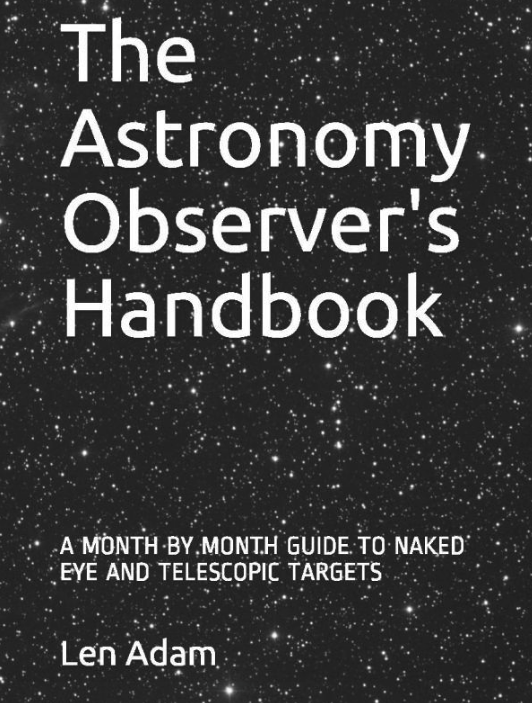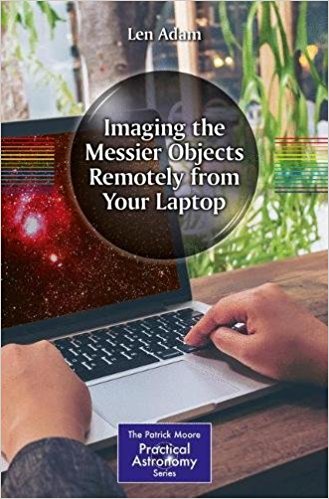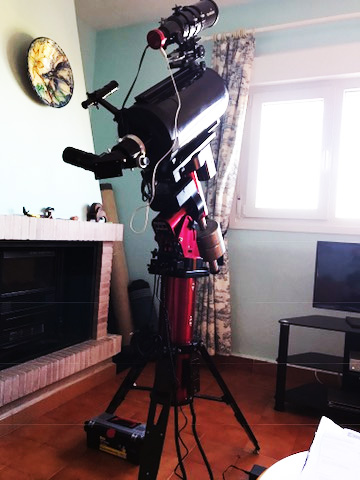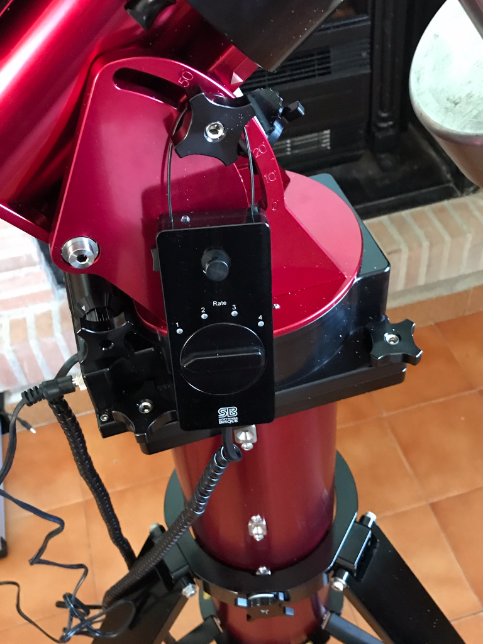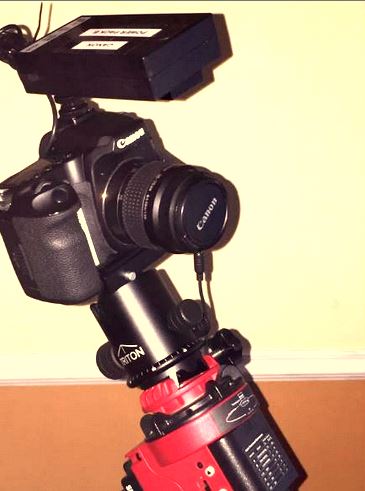When will we get an amateur space telescope? Clouds came down last night - cloudy at remote telescope sites.
 Saturday, November 1, 2014 at 11:12AM
Saturday, November 1, 2014 at 11:12AM Last night it started quite clear - I removed the double layer of "scope coats" from my C14, plugged the power feed into the socket in my bedroom (yes I control the telescope from my bedroom - very practical!), plugged in the 30m powered USB cable to the laptop as well as the USB connection to my external drive that I use to store all incoming images, started Orchestrate (the scripting package) and used that to start up the SkyX software. I then connected the telescope , the camera and the filter wheel. (Sadly my remote focuser is waiting for a new I/O chip after the lightning storm). I homed the mount and then tested the pointing by slewing the telescope to M57. There it was - not quite central but close. I clicked the closed loop slew button. What it does is takes a 10 second image, compares the image with the chart of where it thinks it should be pointing, works out the difference and slews to the correct position- takes another 10 second image and displays it. Normally it does this flawlessly and I get M57 centred exactly in the cross hairs. This time it could not solve the plate - ie it couldn't work out where it was pointing from the first image. Normally this means that cloud has moved in and sure enough when I went out there was light drifitng
cloud. Not deterred I manually centred M57 and synchronised the telescope within the current T Point model and started a run of galaxy imaging in Cassiopeia (59 galaxies) and let it run. As it ran I listened to part of "Contact" that I found on You Tube(audio only) read by Jodie Foster who does it very well! (See the video section of my daily newspaper for today 1st November 2014) The images were not very good but when checked would let me identify any bright supernovae - better than nothing. By the time the run was at its end about an hour later (30 second images) the cloud had become more extensive and thicker so I gave up and went through the closing down process. I checked the images by blinking them in Grepnova with previous ones and could not see any changes indicating supernovae.
This morning I checked on the iTelescope sites in the USA and the roofs were closed - clouds!
So the question is - will amateurs ever be able to avoid clouds and rent time on a space telescope in the same way that they can with telescopes on the other side of the planet? I wonder?
 [Your Name Here] | Comments Off |
[Your Name Here] | Comments Off | 
